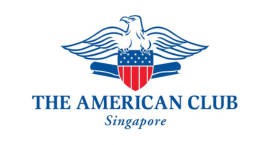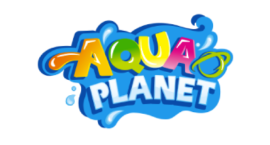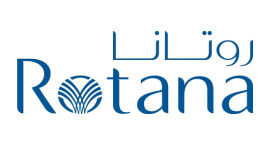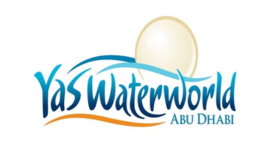World-renowned Lifeguard Training
Our International Lifeguard Training Program (ILTP®) is the foundation of all our training services.
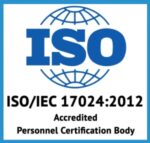

Comprehensive Aquatic Risk Management Program (CARMP™)
Full-service aquatic safety training and risk management consultation
International Lifeguard Training Program Select (ILTP® Select)
World-leading internationally recognised lifeguard training program
Support Services
Invaluable consultancy and guidance from the experts in aquatic safety operations
Certification Services (UAE)
EIAC and QCC accredited certifying body for lifeguards working in the UAE
About Safety Skills Training (SST)
SST provides lifesaving training, aquatic safety training and consultancy for organizations around the world including waterparks, hotels and resorts, international schools, surf parks and lagoons.
Over 800 clients in more than 40 countries share our mission of zero drownings and have made ILTP® their lifeguard training program of choice.
SST partners with clients from around the world to provide a comprehensive suite of safety and operational solutions for any type of aquatic facility.
Meet The Core Team
Our Leadership Team has hands-on and extensive experience in pre-opening and the daily operation of water theme parks and aquatic facilities. We have been the people ultimately responsible for ensuring guests' safety, so we truly understand the pressure to deliver exemplary safety solutions for your guests, employees, and employer.

Singapore American School
Working with SST over the past 2 years has been an incredibly rewarding experience. Their commitment to personal service stood out from the beginning. Their team took the time to understand my unique needs as a Physical Educator offering a certified Lifeguarding course to our HS students and they consistently tailored their approach to ensure my success with delivering this experience. Their professionalism has been consistently maintained throughout our partnership. I feel confident in their expertise and can trust their advice and recommendations. Overall, my journey with SST to date has been marked by exceptional personal service, rapid response times, diligent follow-up, and unwavering professionalism. I look forward to continuing this relationship in the future as I deliver Lifeguarding and First Aid courses to our students.
David Bond, Physical Educator – Singapore American School
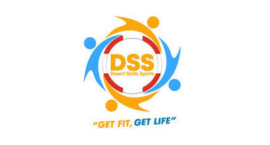
Desert Skills Sports, UAE
We have developed a great partnership with SST in providing (ILTP®) lifeguard training program from Ellis & Associates. SST is a truly professional, supportive, and dynamic team who helped us in establishing a name for us in the aquatic world. Their assertion on safety and quality towards the lifeguard training is need of the hour in enhancing pool safety around the world. We are proud to be their recognized Training Center.
Andrew Sequeira, Director, Managing Partner – Desert Skills Sports (DSS)
WhiteWater World, Australia
We have been incredibly impressed with SST and the implementation of the Ellis & Associates’ comprehensive aquatics risk management program at WhiteWater World. The level of expertise, attention to detail, and commitment to guest safety is tangible, and we feel confident that our visitors can enjoy our water park with peace of mind that their safety is our greatest priority. SST’s ongoing support and service has not only met but exceeded our expectations, and we highly recommend them to any organisation looking to enhance their water safety protocols.
Michelle Erasmus, Operations Director, WhiteWater World
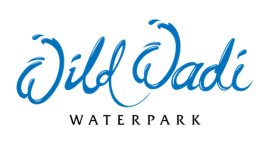
Wild Wadi, Dubai
We are grateful to have Safety Skills Training as partners. It has been a long journey since Wild Wadi opened in 1999 and their exceptional work in qualifying and certifying our lifeguards with high standards has been truly commendable. We appreciate their dedication and contribution ensuring the highest level of safety at the park. Let’s go for another 20 years, thank you!
Pablo Moragrega, Director of Operations – Dubai Holding Entertainment

Aquaventure Waterpark, Dubai
ILTP®(International Lifeguard Training Program) has been our aquatic safety training syllabus of choice since training our pre-opening team 15 years ago. As a comprehensive client, we have benefitted from access to the experience of leading industry experts and operational resources. SST has always approached our partnership in a professional and engaging manner, supporting us in identifying best practices and effective and efficient safety protocols. Knowing our colleagues are ILTP® graduates ensures that they have the necessary skills, knowledge, and experience to provide immediate and effective protection for our guests.
Sascha Triemer, Vice President, Marine & Waterpark – Atlantis Dubai
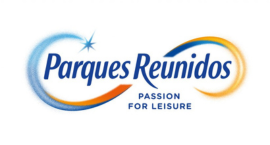
Parques Reunidos Group, Europe
After partnering with Ellis & Associates in the US and SST in our Australian parks, we took the decision to extend the relationship to our parks in Europe in 2021. It has been an exciting journey across different countries that has helped us improve aquatic risk management. Regulation is maybe different country by country, but the risk is the same !. The SST team has been extremely useful in our zero drownings journey.
Isidora Díaz Heredia, Chief HSE and Sustainability Officer – Parques Reunidos Group

Desert Falls Water & Adventure Park, Qatar
Safety Skills Training has been an invaluable partner to our park. In addition to safety and training, their team of accomplished leaders have provided insights that have helped us continue to improve our operations, efficiency, and ultimately our guest experience. They have been helpful from pre-opening till today (3 years later). Always ready to answer calls and questions, and provide support whenever asked. Thank you for all you do to further our mission of “zero drownings.
Scott Wellington, Desert Falls Water & Adventure Park









